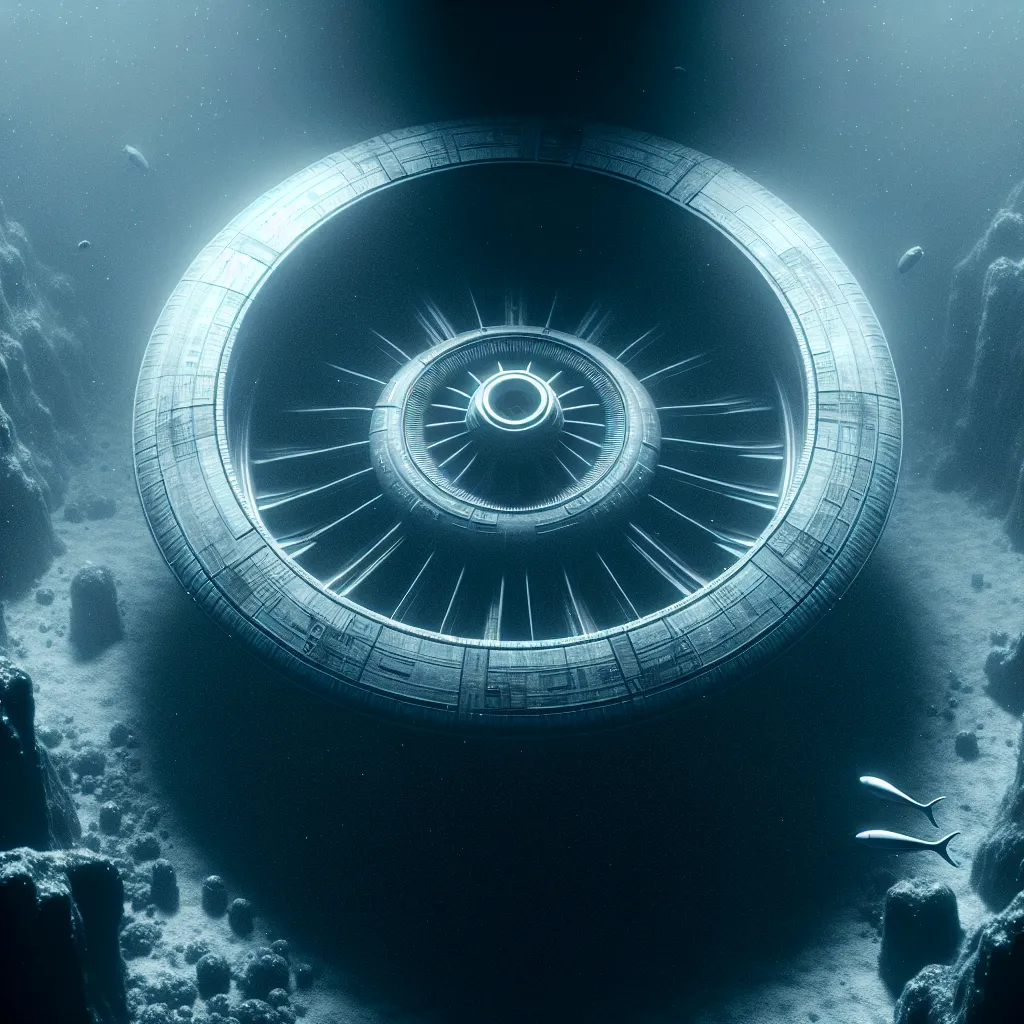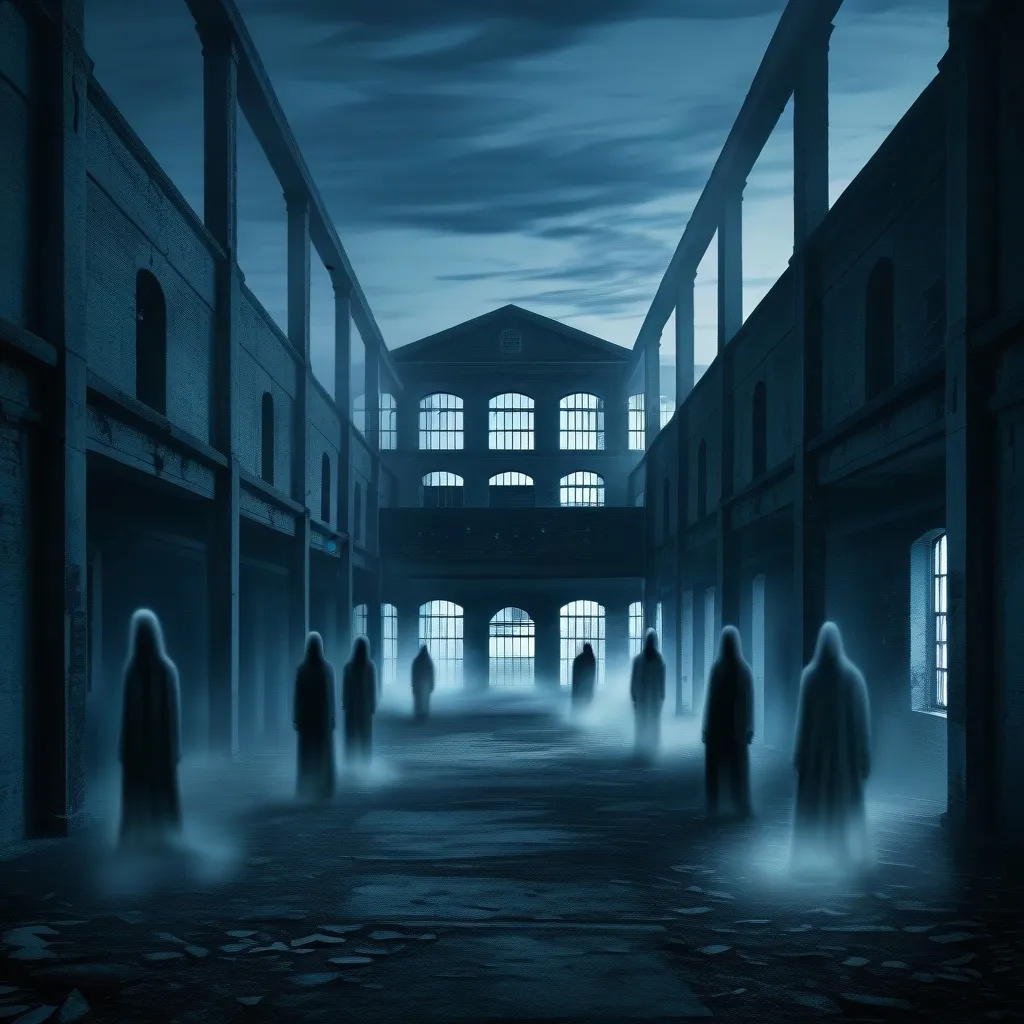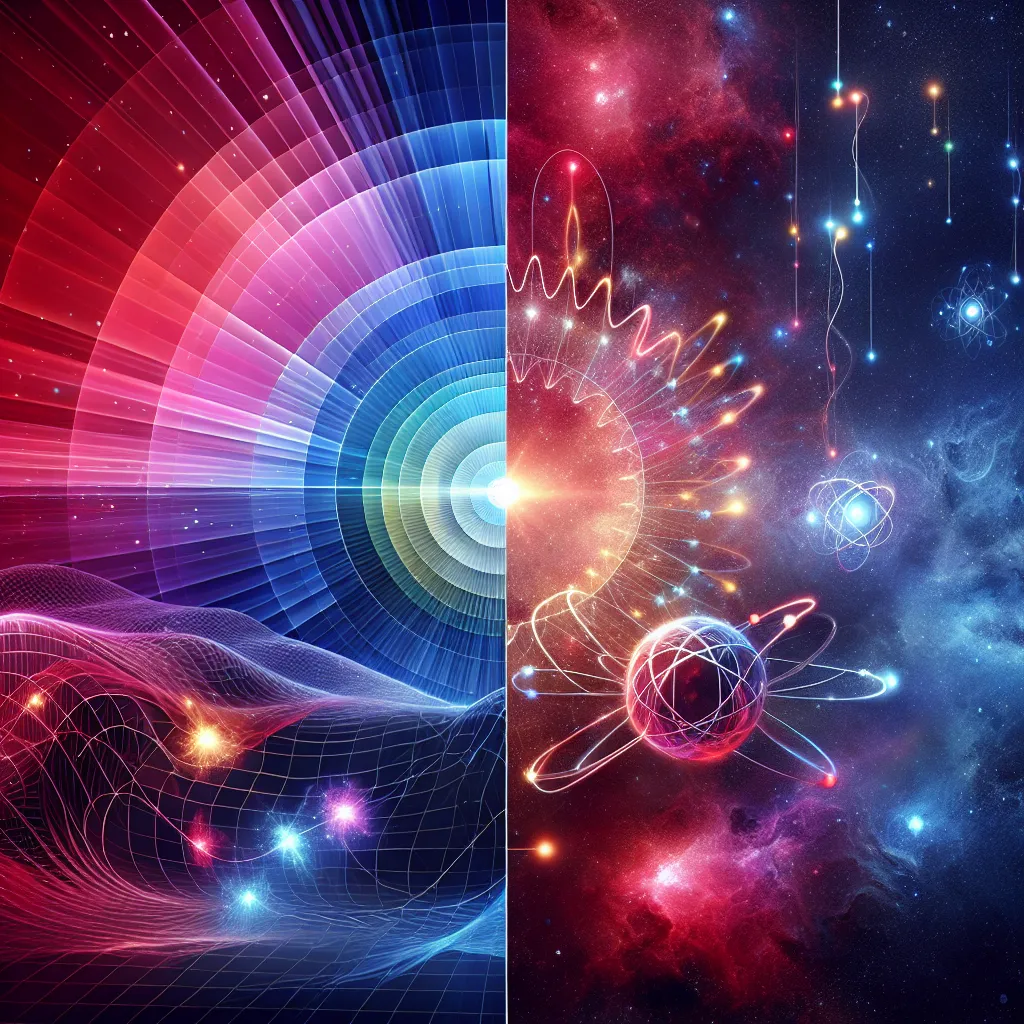The James Webb Telescope, much like its predecessor Hubble, has given us profound images of deep space, reshaping our understanding of the universe. Each day, new galaxies, stars, and planets are uncovered, often surpassing our wildest dreams. Yet, while we’re captivated by the cosmos, we sometimes overlook the deep mysteries of our own planet.
Our Earth’s surface is 70% water, a fact that led Arthur C. Clarke to muse that “Ocean” might be a more fitting name for our planet than “Earth.” Shockingly, as of 2023, we’ve mapped less than 25% of the seafloor and explored under 10% of the ocean. Despite the limited exploration, we’ve stumbled upon sunken cities, ancient monuments, and seemingly otherworldly objects. These findings only highlight our lack of knowledge about the depths beneath the waves.
In June 2011, divers Peter Lindberg and Dennis Åsberg, while on a treasure hunt in the Gulf of Bothnia, made an intriguing discovery known as the “Baltic Sea Anomaly.” They initially made headlines with a merchant ship discovery filled with rare cognac and brandy but their sonar scan in the Baltic revealed something extraordinary: a circular object that bore a striking resemblance to the Millennium Falcon from Star Wars.
The anomaly was 200 feet wide and appeared to have a hull with distinct chambers and sections. The team, worried about treasure hunters and competing expeditions, opted for secrecy until they could fund a return expedition. The sonar image went viral, sparking international interest and speculation.
After a year of raising funds, Ocean X made a return trip but faced several challenges: stormy weather, technical malfunctions, and strange temperature anomalies above the object. Despite these setbacks, they managed to take samples of the object, which later turned out to be volcanic rock, a surprising find given there’s no known volcanic activity in the area.
Comparison might be drawn to the Bermuda Triangle, another mysterious underwater region with a storied history of strange occurrences. Christopher Columbus even documented a UFO sighting near its location. Both areas inspire endless speculation about underwater bases, unidentified submerged objects, and ancient civilizations like Atlantis.
The idea of undersea alien bases isn’t new. There’s a theory that a network of tunnels exists beneath the ocean floor, connecting various bases. Cuban ufologist Maximillien de Lafayette posited that these bases are part of an extensive network used by alien civilizations, protected and monitored by AI.
While skepticism and accusations of hoaxes surround these underwater mysteries, the fascination endures. Historical accounts of submerged lights and bizarre structures continue to fuel our imagination. Researchers affirm that actual underwater bases could exist, and as technology advances, perhaps future explorations will reveal the truth.
In the meantime, mainstream views often dismiss such phenomena as natural formations or errors in data collection. Despite the controversy, the allure of these mysteries remains strong. The oceans still hold many secrets, and their unexplored depths may one day provide concrete answers to these enigmatic wonders.
Until then, we’ll continue to explore, speculate, and wonder about the deep and the unknown resting beneath our blue planet’s surface.






